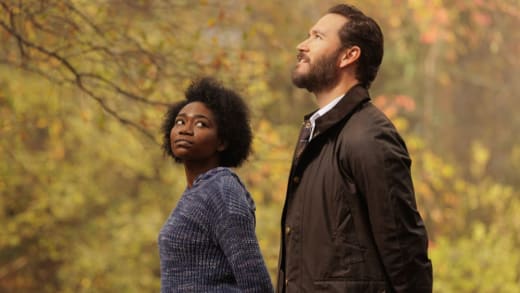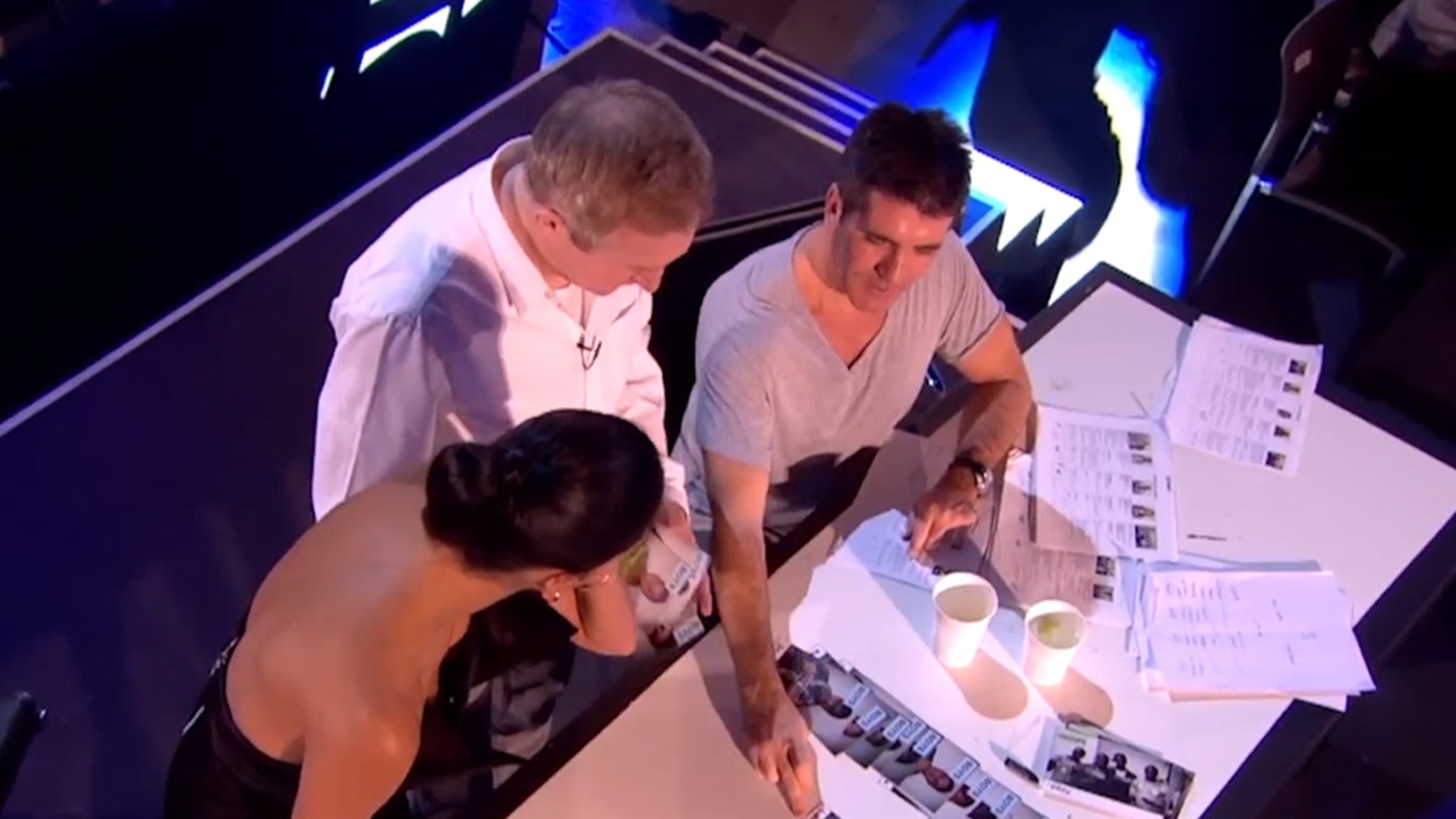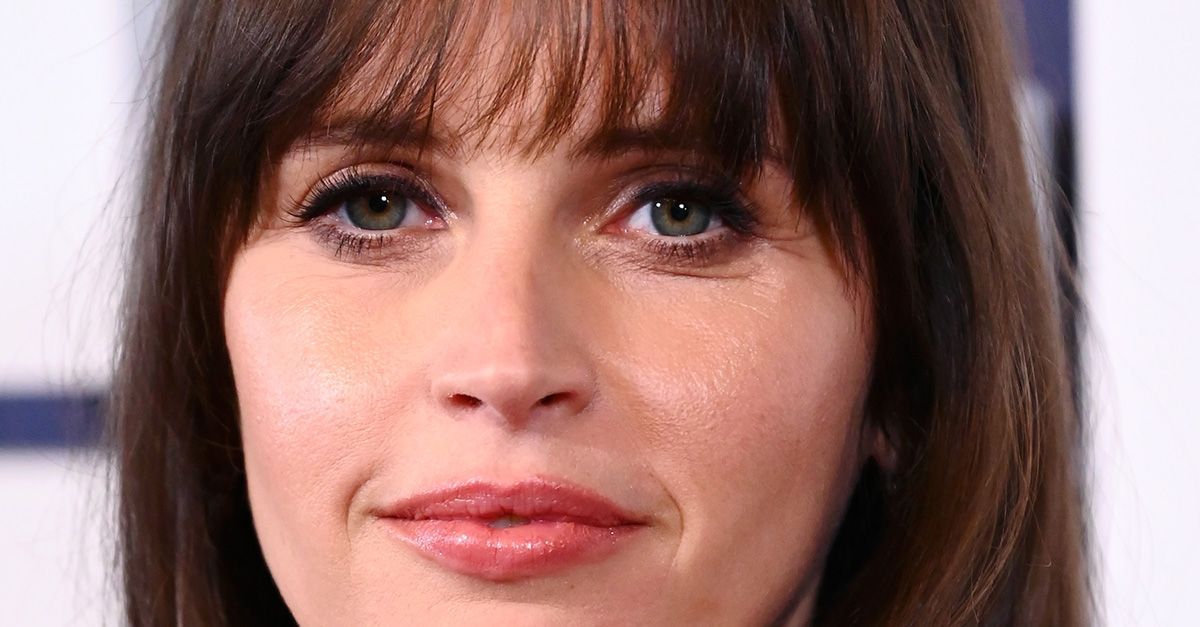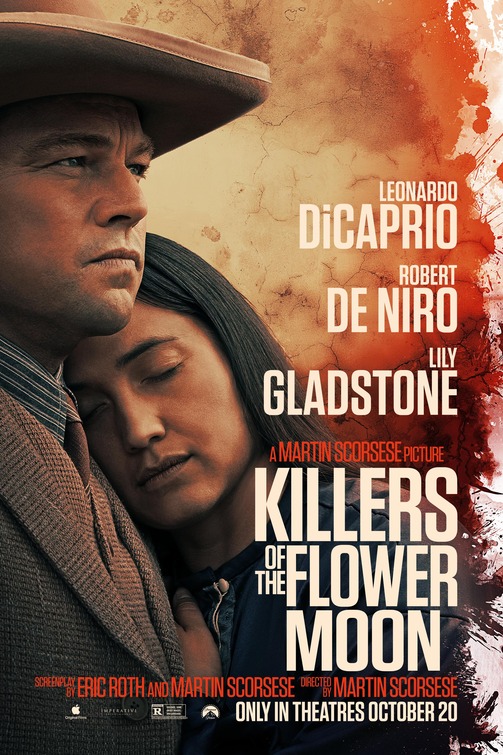
DiCaprio. De Niro. Scorsese. And one of the most riveting books of the last decade. What could go wrong? A lot, apparently.
Clocking in at an unnecessary and tedious three hours and 26 minutes—let me repeat, three hours and 26 minutes—Killers of the Flower Moon is about the shocking murders of the very rich Osage tribe at the hands of scheming white people in the 1920s—except for Martin Scorsese, one of the greatest directors of our time, loses sight of his own story and declines to trim a single scene from what appears to be a first cut put out as the final product.
Mind you, there’s a lot to like about this adaptation of the horrifying true-crime book by David Grann into. De Niro is impressively good, making for an unpleasantly pleasant arch villain. Lily Gladstone is a positive, though she is completely sidelined as the film progresses—one of the its biggest sins. It’s a story that needs to be shown, and Scorsese spins an intricate and complicated web of complicated characters. Scene by scene the movie is beautifully crafted, with strong supporting performances, especially the bit parts that feel pulled straight from Oklahoma.
It’s not a bad movie per se.
But it’s a massive letdown (Killers of the Flower Moon was my most anticipated movie of the year, especially after Dune: Part Two moved to 2024). Had Scorsese chopped an hour or more out of this thing, tightened the screws and ratcheted up the tension, he might have had something. The book is a real page turner, but the movie patiently, methodically, and tiresomely tells the same story in a different way. In, sadly, a sort of dull, roundabout, swirling kind of way that softens the blow, confuses character intentions, and simply doesn’t beat you over the head the way it should—and the way Scorsese has repeatedly shown throughout his career he is so good at.
DiCaprio’s character, Ernest Burkhart, is the main problem. While the esteemed actor does a solid job and delivers some powerful moments, most notably in the third act (or was it the tenth act? It felt that way), this may be one of his least consistent performances. Don’t get me wrong—he’s incredible at many times—but the performance feels wrong for the troubled man he’s portraying. It’s in part the result of a movie that doesn’t know what to do with him, or worse, does the wrong things with him—he’s the protagonist, he’s something else, he’s someone to sympathize with, and yet he shouldn’t be. His character is complex but not in a good way; because he’s the movie’s biggest draw the movie naturally revolves around him, when in fact it should revolve around Lily Gladstone’s character Mollie and her Osage brethren. The story told through their eyes would have been much more devastating and much more shocking when the truth came to light; instead, Scorsese unveils the big reveals early and without a second thought. Killers of the Flower Moon is about people who are at the mercy of white men, and yet the movie is made by and stars white men and is told from their perspective.
I wanted to love love love Killers of the Flower Moon the way I did the book, but Scorsese, unwilling to edit down what he filmed into a manageable length, has made it hard to even like. What a shame. What a disappointment.
Review by Erik Samdahl unless otherwise indicated.


























































![Mason Ramsey – Twang [Official Music Video] Mason Ramsey – Twang [Official Music Video]](https://i.ytimg.com/vi/xwe8F_AhLY0/maxresdefault.jpg)





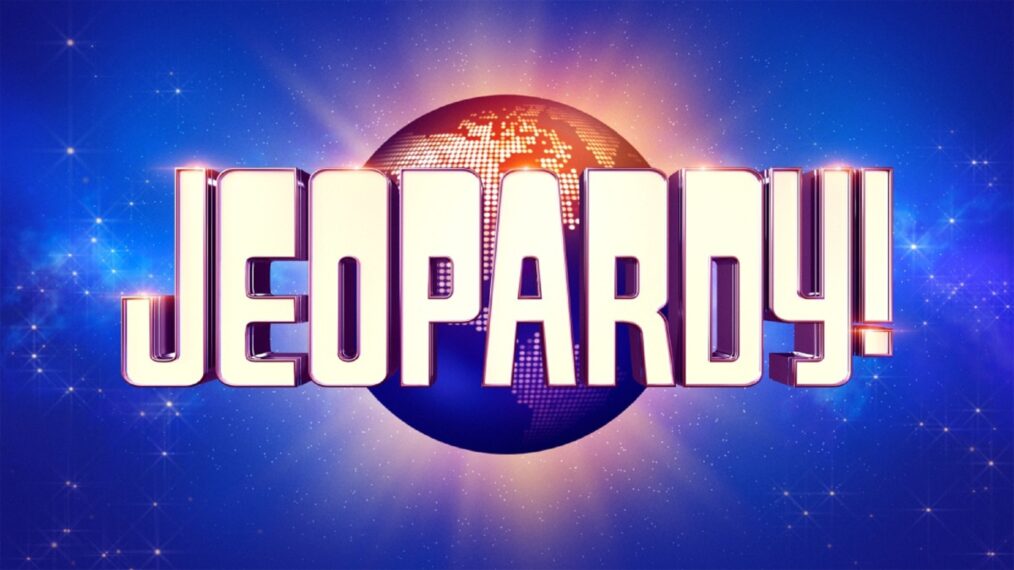

![New Gameplay Trailer for ‘Banishers: Ghosts of New Eden’ Explores Love and Death [Watch] New Gameplay Trailer for ‘Banishers: Ghosts of New Eden’ Explores Love and Death [Watch]](https://i0.wp.com/bloody-disgusting.com/wp-content/uploads/2024/01/banishers.jpg?resize=830,535&ssl=1)


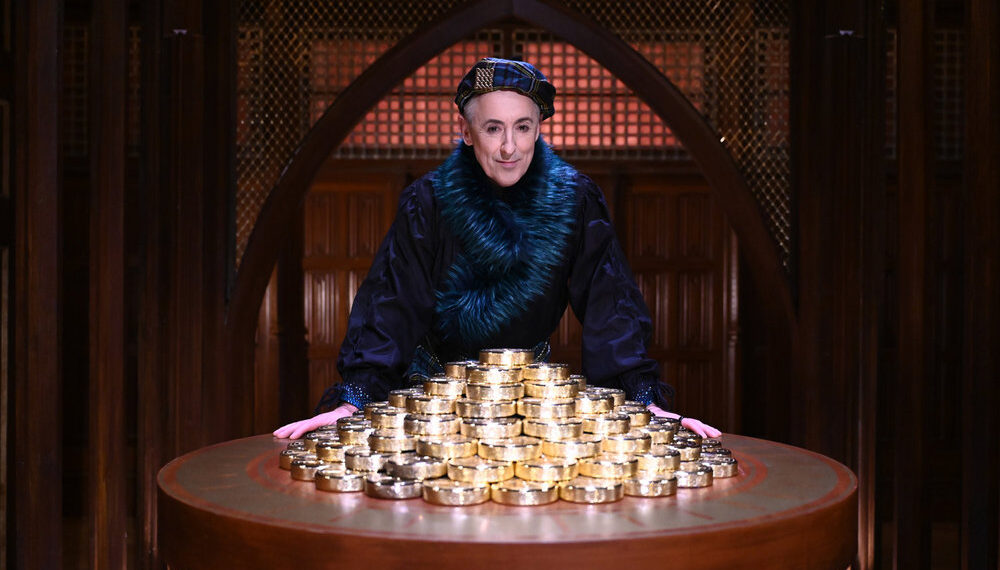
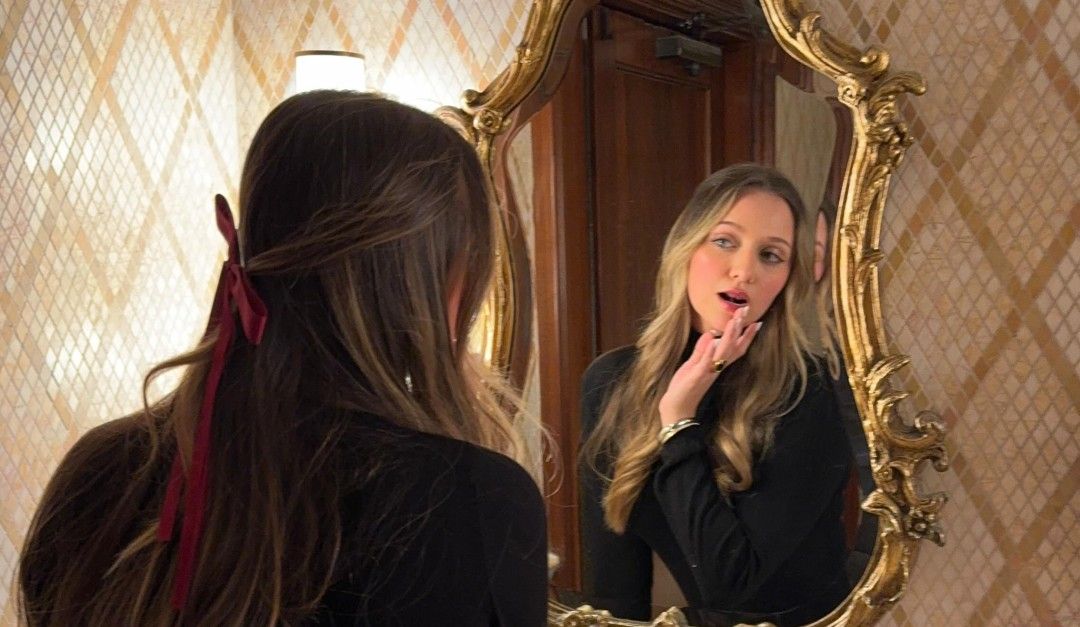
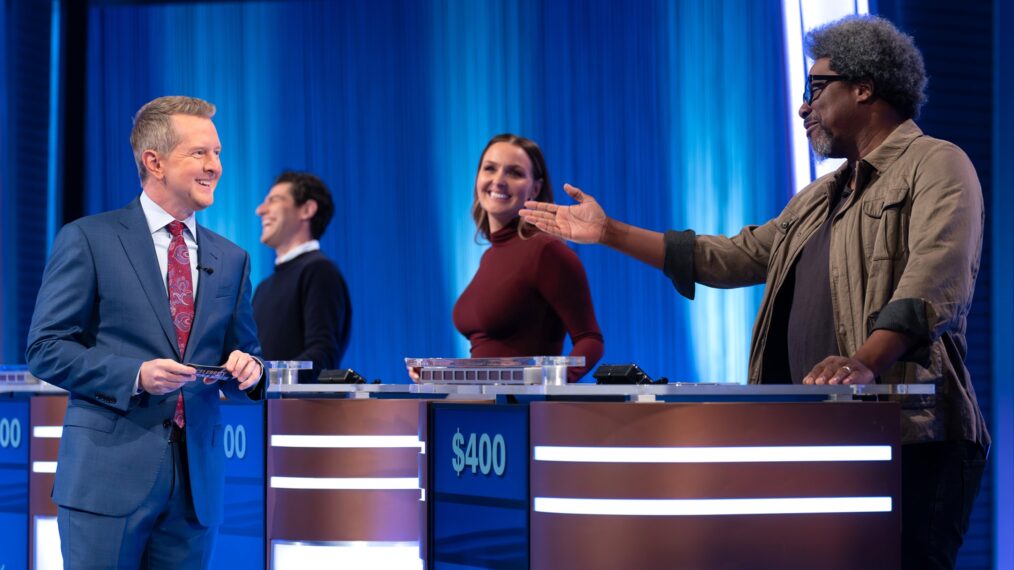

:quality(85):upscale()/2021/04/22/807/n/1922564/b9dcbee96081bed203e2d2.50051809_.jpg)
